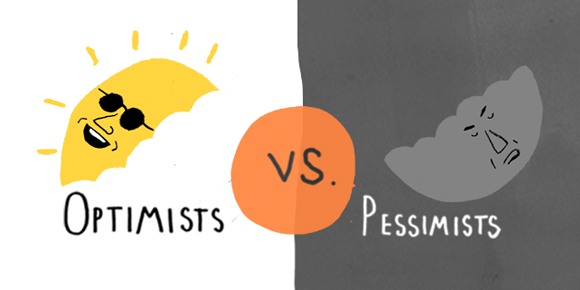“An optimist may see a light where there is none, but why must the pessimist always run to blow it out?”
– René Descartes, French philosopher and mathematician (attrib.)
One of my favorite books that supports effective interpersonal and group communications is Six Thinking Hats, by Edward de Bono.
In his model, a “yellow hat” represents the optimistic individual who sees the light of possibility in things. The pessimist or “black hat” represents the negative perception on matters that often stops progress.
Of course there are four more hats to explore in our journey to more effective individual and group thinking, and I encourage you to pursue these as part of the following exercise.
Exercise:
What percentage of the time do you wear the yellow and black hats in your professional and personal interactions?
How can you increase your emphasis on the sunny side of things and diminish or remove that dark cloud that extinguishes the light of possibility?
You can find a one-page pdf summary about the six hats here, and you may wish to explore “putting on” one or more of the others: www.foodsec.org/DL/course/shortcourseFK/en/pdf/trainerresources/PG_SixThinkingHats.pdf


